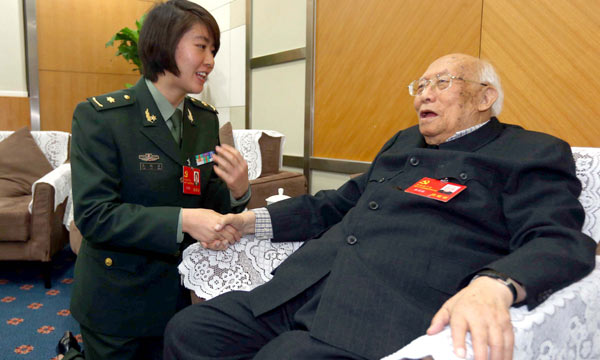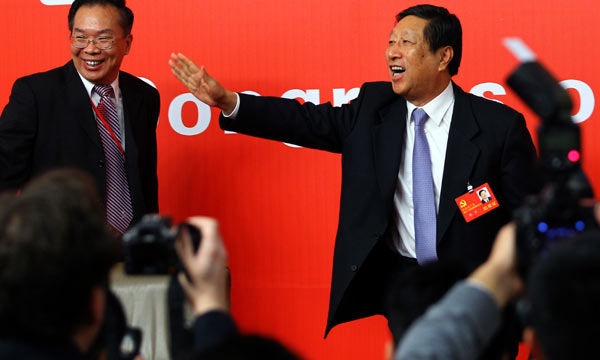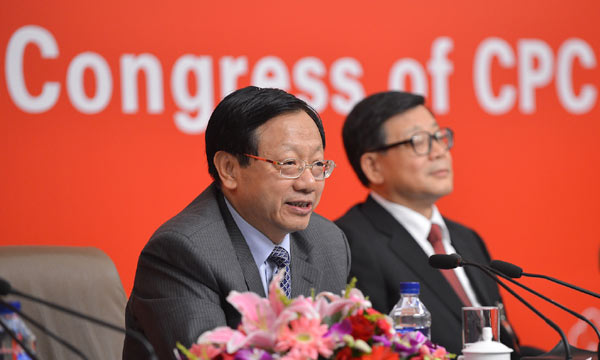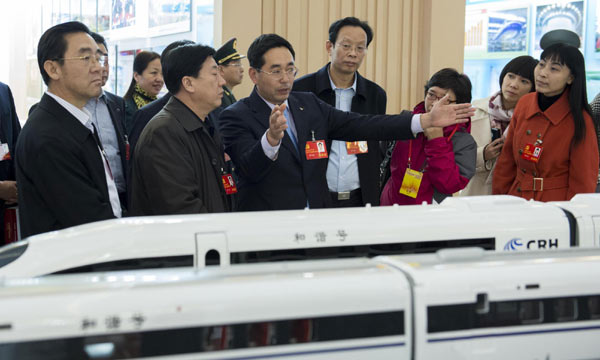Brief History of the Communist Party of China
(china.org.cn)
Updated: 2010-09-07 16:58
From New Democratic Revolution to Socialism (October 1949-September 1956)
On October 1, 1949, the People's Republic of China was founded.
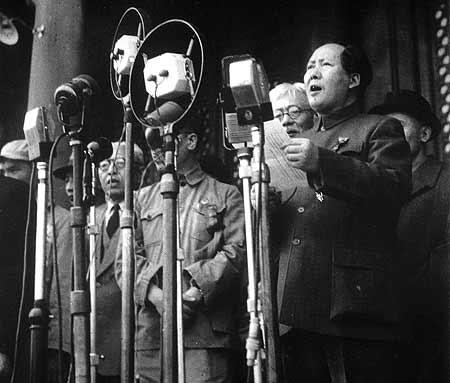
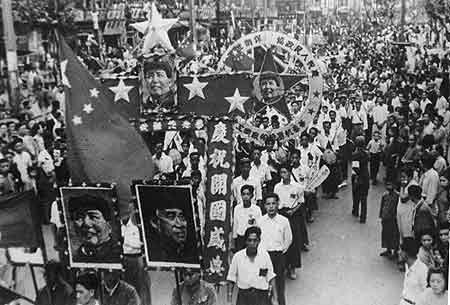
By September 1956, the socialist transformation had been basically completed. During this period, the Communist Party of China led the people of various nationalities to realize gradually the transition from new democratic revolution to socialism.
The founding of the People's Republic brought complete independence to the Chinese nation. With the exception of Taiwan and a few small islands, true unification and stability were achieved in the motherland. The Chinese people became the masters of the new society and the new country.
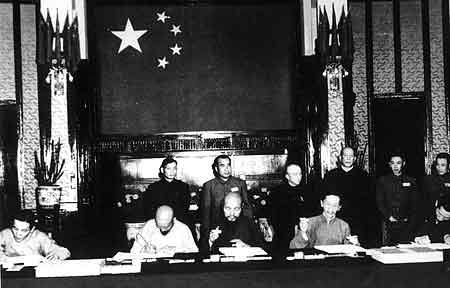
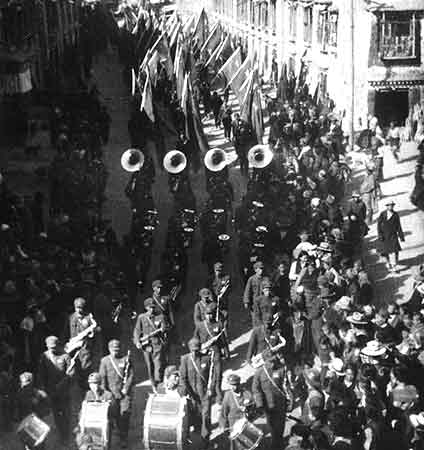
The Party then led the people of various nationalities to complete the tasks remaining in the new democratic revolution. In just three short years, the wounds of the war were made whole, the economic structure of old China was readjusted and the national economy achieved complete recovery and began developing rapidly. Upon the completion of these tasks, the Party put forth the general line for the transitional period, calling for the realization in the long term of socialist industrialization and the socialist transformation of agriculture, handicraft industry and capitalist industry and commerce. China's adoption of the socialist road was a historical choice of the Chinese people.
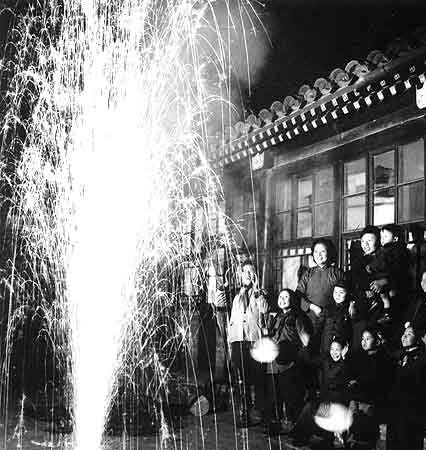
Under the guidance of the Party's general line, the Chinese people engaged themselves in large-scale economic construction in a planned way. Socialist transformation of private ownership of the means of production was then basically completed in most parts of the country, thus paving the way for the development of productive forces and laying the initial foundation for the socialist industrialization. In the later stage of the socialist transformation, however, a series of mistakes were made. Too urgent a demand was imposed on the transformation and careful persuasion work was forgone, and the transition was made too rapidly and too uniformly. Nevertheless, from a fundamental point of view, the transformation was a historical victory, as it wiped out exploiting classes in China and a brand new socialist system was established. The completion of the socialist transformation laid the foundation for the subsequent progress and development of China. During the First Five-Year Plan period, socialist construction in various fields grew vigorously, the people's standard of living was improving and China had come to enjoy a mush higher international standing. All this proved that the Chinese people had made a correct decision in choosing the socialist system.
Video




